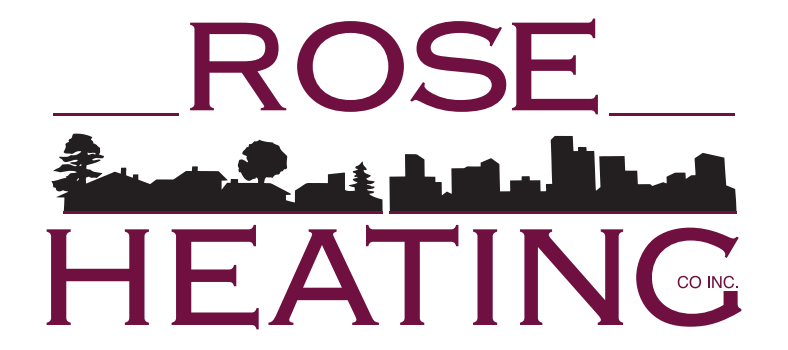Blog
QUICK LINKS
CONTACT INFORMATION
Phone: (503) 283-5183
Email: roseheating@earthlink.net
Address: 9945 NE 6th Dr Portland, OR 97211 Portland Oregon 97211-1117
BUSINESS HOURS
- Mon - Fri
- -
- Sat - Sun
- Closed
24-hour emergency
CCB2084






VIEW OUR LOCATION
Content, including images, displayed on this website is protected by copyright laws. Downloading, republication, retransmission or reproduction of content on this website is strictly prohibited. Terms of Use
| Privacy Policy

